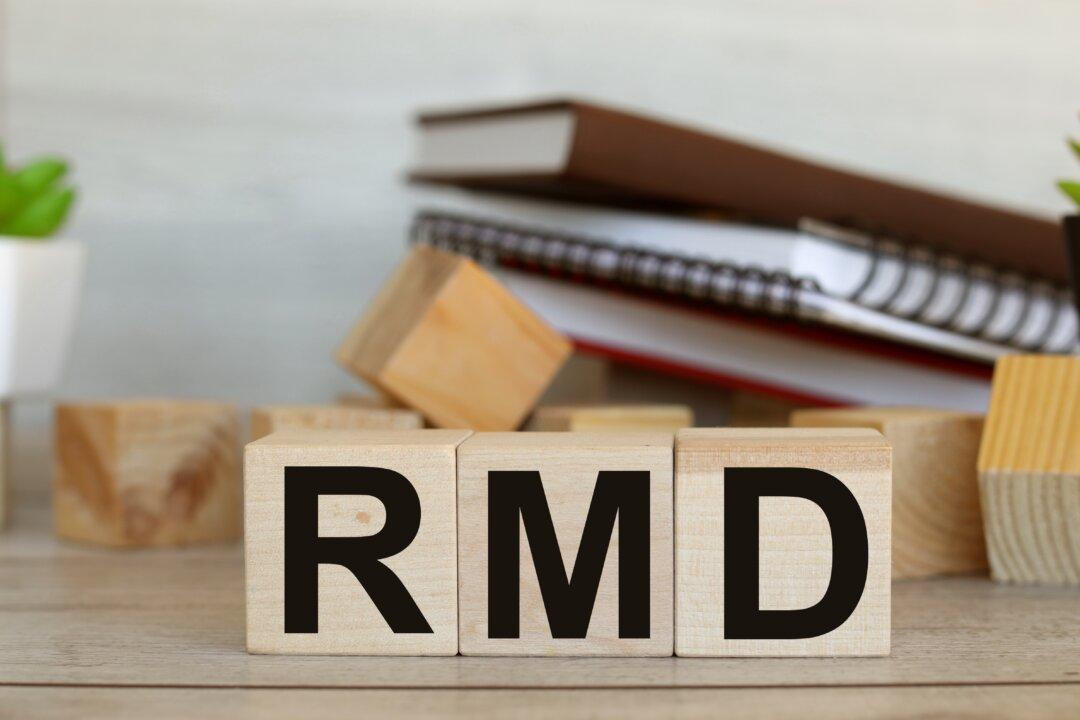Many freelancers have to enter into contracts with their clients. A basic agreement can be made explaining the work that will be done as well as payment terms and other important details.
The Benefits of Using a Proposed Timeline
While it’s best to meet with a lawyer, the following shows the advantages of working with a proposed timeline.1. You Can Make It a Part of Your Agreement
If applicable to the type of work that you do, make a proposed timeline that gives specific dates and the action steps that will take place on those dates. With a timeline, both you and the client know what to expect and can plan accordingly.You can also anticipate the steps involved and when the project will be completed. A timeline also lets the client know that the freelancer may need their input or another task done throughout the process.





